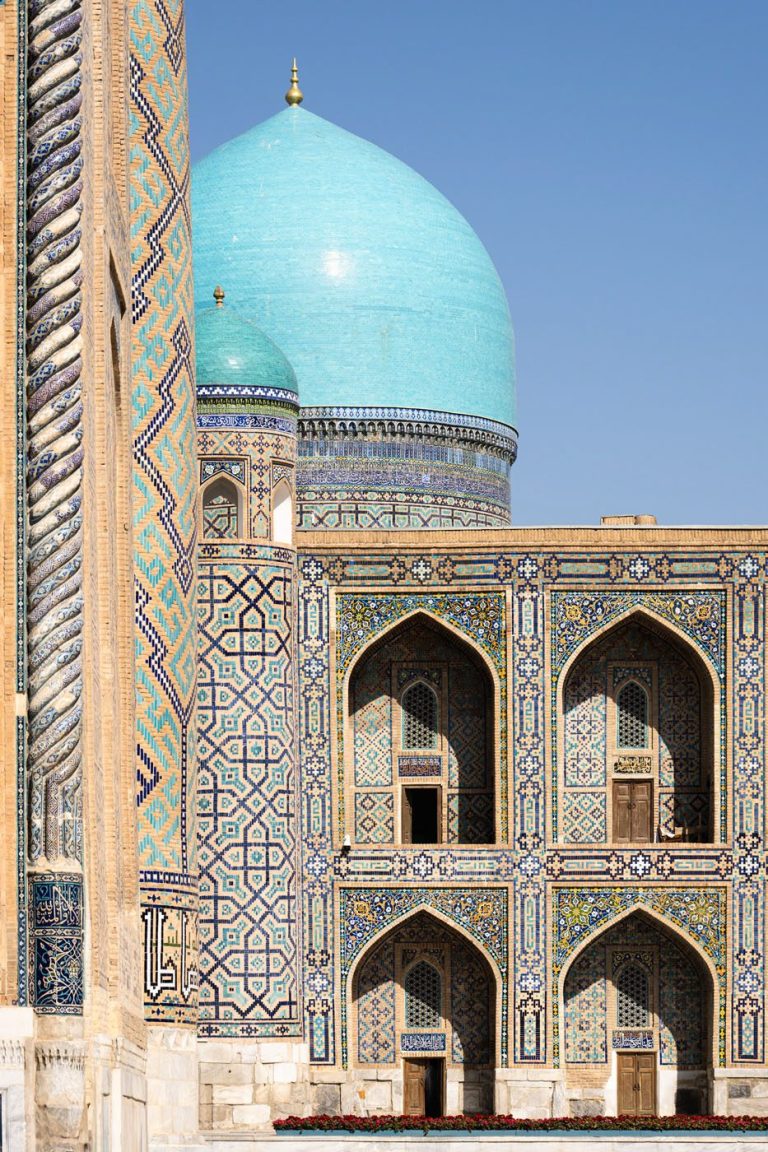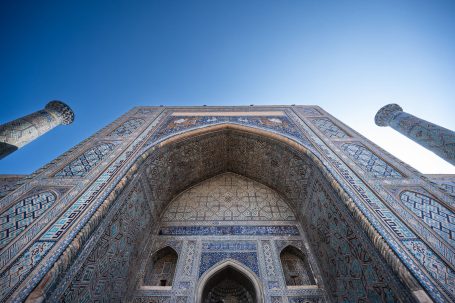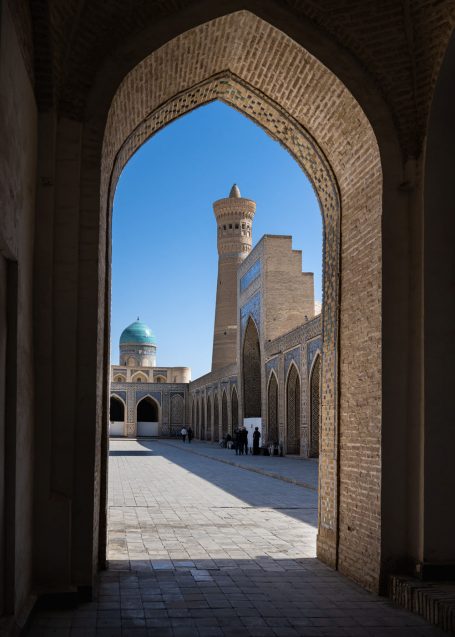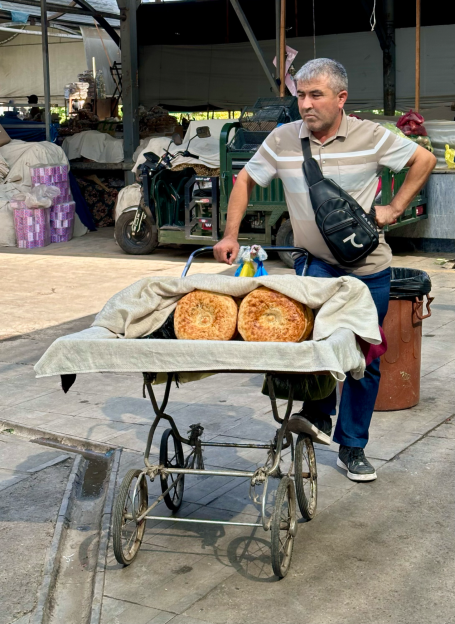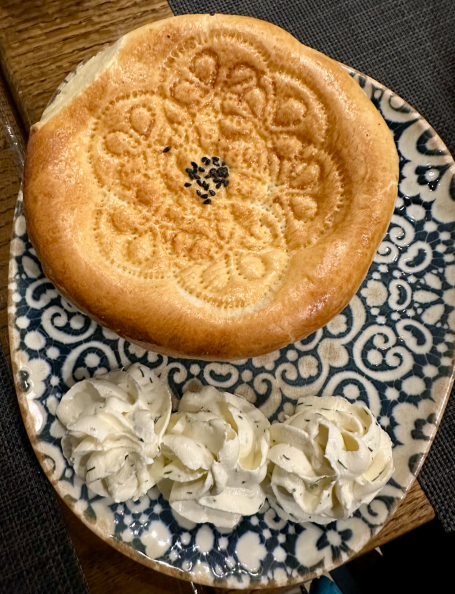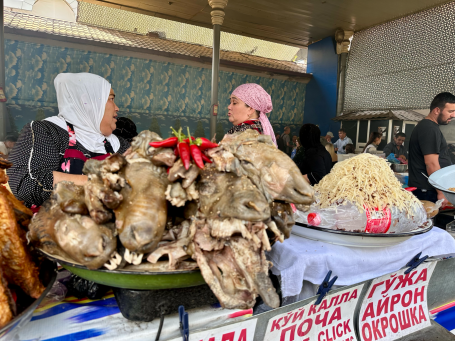15
Oct
2024
Along the Silk Road - Uzbekistan
Our organized photo tour was a short trip of only six days which is really nothing if you want to get to know a country. Even more so as most of the time I had a big camera in front of my face and was hardly looking at what our guide pointed out or listening to what he or she was telling…
…not because I wasn’t interested but because what I had in front of my lense was just too fascinating to ignore… here are my personal (and always very subjective) impressions:
Minarets that poke into the blue sky like sharp pencils, turquoise domes, mosques and mausoleums that are artistically decorated with thousands of mosaics in all shades of blue and green mark the appearance of the oasis towns Bukhara and Samarkand - the main goals of our tour. Of course we did some sightseeing there and had a local guide to answer our questions. Unfortunately we didn’t have any early morning photo sessions but visited the sights when everybody else did so with the not-surprising result of having almost everybody else in the picture. So glad I've got Photoshop...
60 % of the country is desert or semi-desert and mountains make up for another 20%. While traveling with the famous and very clean and punctual (!!!) highspeed train Afrosiyob from one city to the other the immense gaping emptiness of the country outside of the cities left a deep impression on me… I always fell asleep after a few minutes - there was just sheer nothingness outside of my window.
The local people could often be seen in groups divided by sex. Whether while traveling, sightseeing or going to a restaurant we often witnessed groups of only men or women obviously enjoying themselves in the company of their own sex. Even during company events or big weddings there’s usually a separation of sexes. Men are sitting at one end of the table and women at the other. While men - apart from their traditional Kufi or Duppi - often wear western (black) clothes, women tend to wear traditional clothing, often long dark velvet robes with embroidery and a headscarf. What they all have in common is the heavy use of cell phones. And selfies with or without visitors from abroad are like everywhere else in the world an absolute must. Unfortunately the omnipresent cellphone sometimes does spoil the authentic portraits of the locals a bit.
I‘m a real foodie. That’s why I’m always interested in what people in other countries are cooking and eating. While in general Uzbekistan dishes are influenced by the oriental cuisine with an emphasis on rice dishes with a lot of meat and very little vegetables, you can also find a big variety of flat bread often decorated with special bread stamps. Tashkent is called the city of bread because there’s a rich tradition of bread-making and an annual bread festival. The Chorsu Bazaar in Tashkent is a huge and authentic marketplace where you can find not only traditional food, bread, meat, vegetables, traditional sweets and ingredients like spices, but also clothing and whatsoever...I even discovered a vendor who offered packages with everything in it to prepare a corpse for burial...
What really stroke me were the incredible amounts of meat people were eating…for lunch…for dinner… mountains of shashlik and other meat dishes. Strolling through the restaurant part of the bazaar in Tashkent was quite a feast for my photographic self although the sight of cooked sheep heads was a bit of a challenge for me, a vegetarian - so glad I didn’t have to taste it! 😅. And no, I did not buy an Uzbekistan cookbook to take home with me… only a traditional bread stamp and some sweets for my family to taste 😂.

